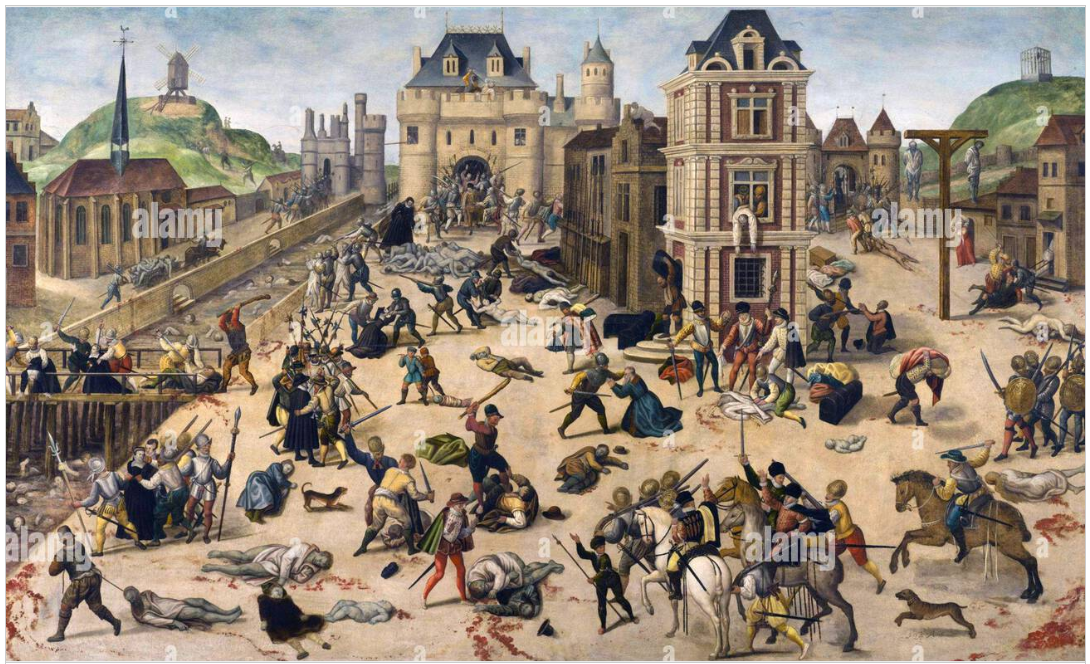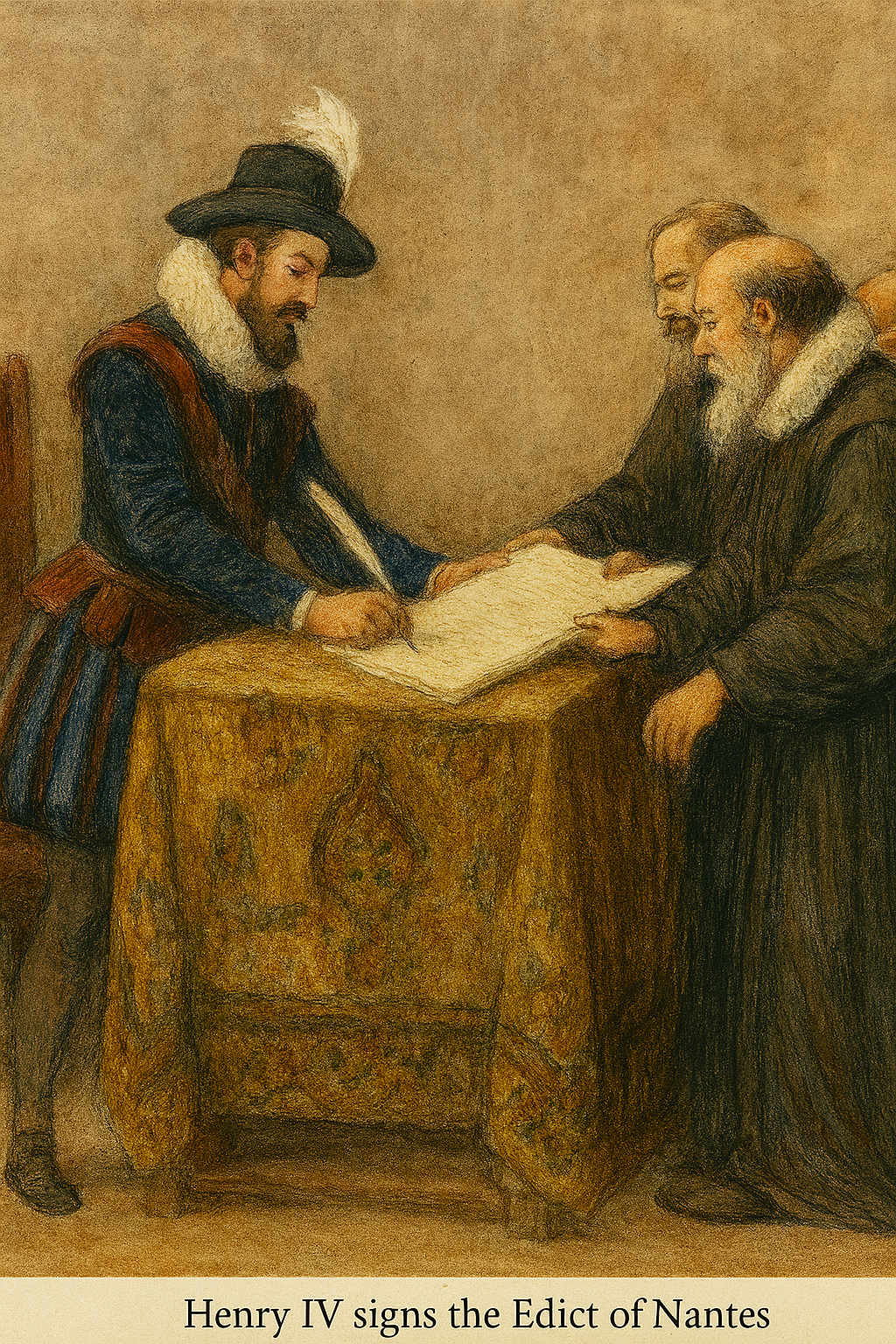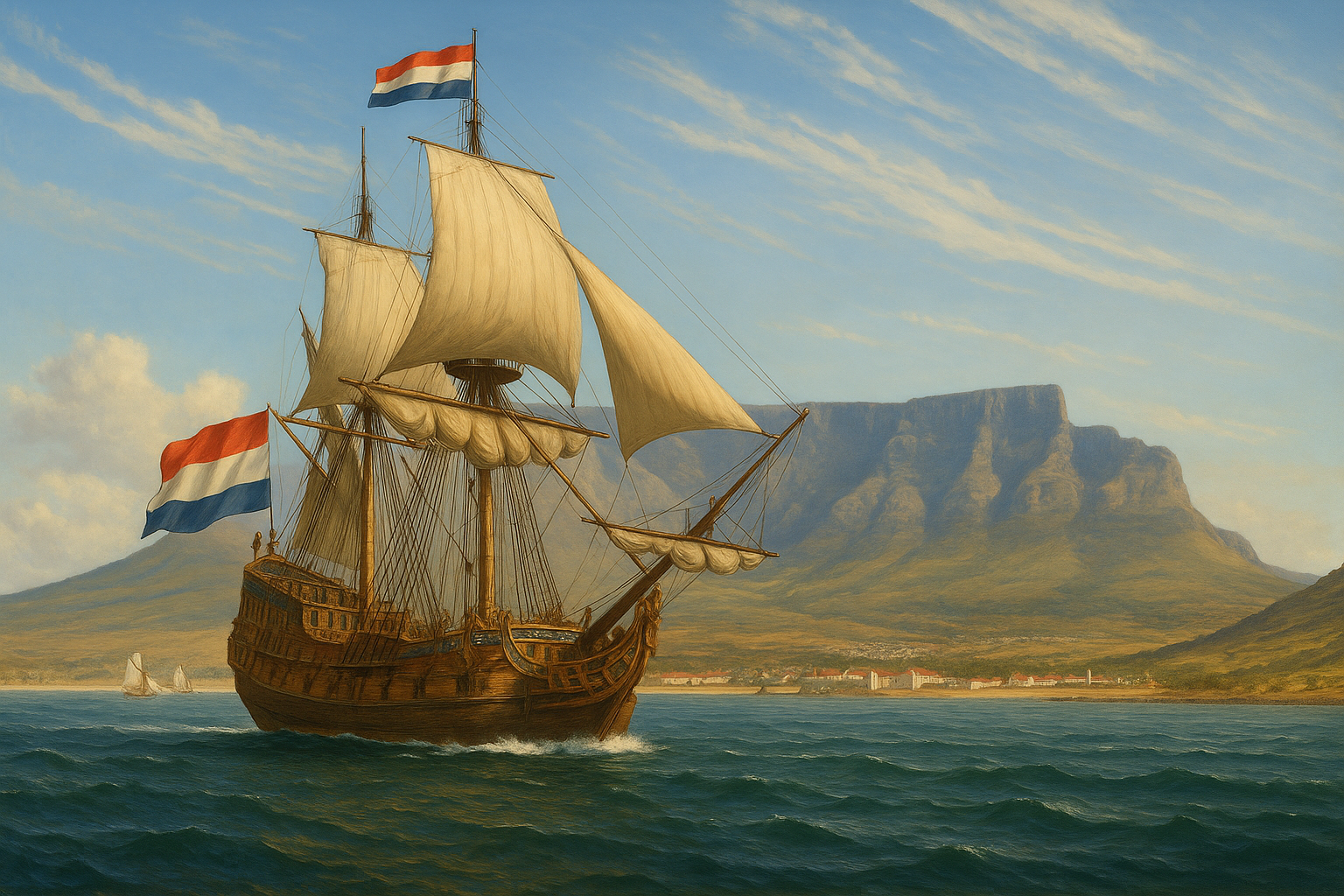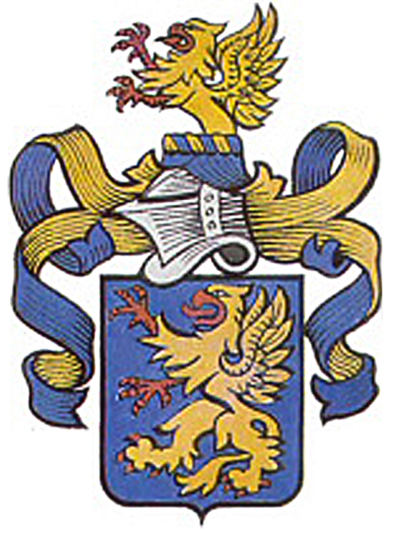Durand Huguenot Families

Henri IV, who was 19 years old during the St. Bartholomew's Day Massacre, signed the Edict of Nantes in 1598, making it legal for Protestants to practice their religion. That ushered in nearly ninety years of religious tolerance. This bold move followed the horrors of the St. Bartholomew's Day Massacre of 1572, when thousands of Huguenots were slaughtered in one of history's darkest episodes of religious violence. Yet the peace was not to last. On October 18, 1685, Henri's grandson, Louis XIV, revoked the Edict with the Edict of Fontainebleau, stripping Protestants of their rights and reigniting persecution—forcing many to flee or convert under duress.

My great-grandfather, Jean du Buis, lived near the Dutch border and managed to board the Oosterland at Wielingen — just over 100 km away. The Malherbes from Normandy traveled three times as far. But consider the du Rands — they came from over ten times that distance.
The first recorded Durand at the Cape was Jean Durand, who sailed on the Wapen van Alkmaar in 1688. He was from Provence, in the mountain village of La Motte‑Chalançon, and eventually settled in the Drakenstein district. For a moment, just consider what he and his family had to endure.
After the Revocation (the Edict of Fontainebleau, 1685), Protestantism was outlawed entirely. Churches were demolished, pastors exiled or executed, and children forcibly taken to be raised as Catholics. Places like La Motte-Chalançon, southeast of Lyon in Provence, were Protestant strongholds — and faced ruthless persecution:
Royal dragoons were quartered inside Huguenot homes to pressure families into converting.
Protestant ministers were exiled, imprisoned, or forced to renounce their faith.
Secret worship gatherings (assemblées du désert) became common in remote hills and forests. If discovered, men could be sent to the galleys, women to convents, and some faced execution.
In the Rhône Valley, just north of them, public executions of Protestants were staged as a warning to others.
Jean Durand and his family had to flee through the Rhône Valley, north of the Alps to safety in Geneva, then travel northeast through German territories, and finally turn north to the Frisian Islands in the far north of the Netherlands. There, on the island of Texel, they boarded the Wapen van Alkmaar — one of the VOC’s smaller East Indiamen.
Do yourself a favour: search La Motte‑Chalançon to Texel on Google Maps. Even today, the shortest route is over 1200 km — a straight path through Paris. Now imagine what that journey must have been like in the late 1600s, on foot or by wagon, dodging soldiers and informants. The journey to the ship alone was an odyssey.
And their voyage to the Cape? That was no less daunting.
From Texel, most VOC ships followed the “Brouwer Route”: down to the Canary Islands, across the Gulf of Guinea, a possible stop at St. Helena for water and fresh provisions, and finally on to the Cape. The Wapen van Alkmaar, which departed in September 1688, reportedly arrived by early January 1689 — nearly four months later.

At the Cape — a wild, foreign land under Dutch rule — these refugees had to carve out new lives from scratch. And they did, remarkably. Many settled in the Franschhoek valley — “the French Corner.”
I am just wondering, would Charl du Rand be a descendant of Jean Durand?

